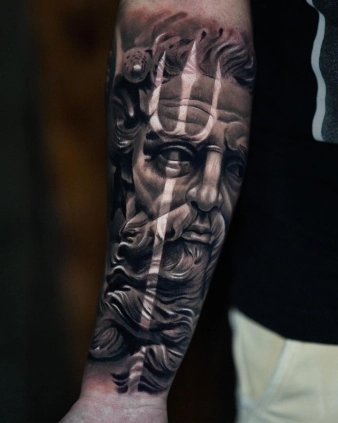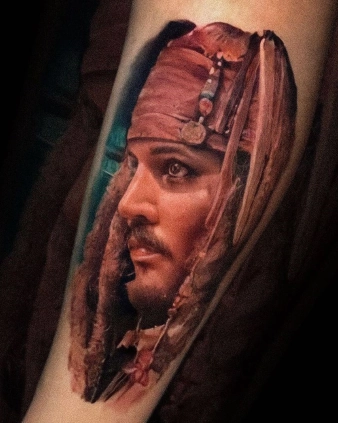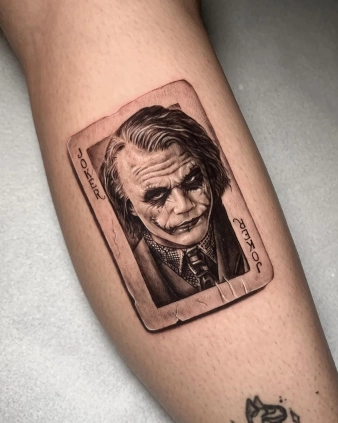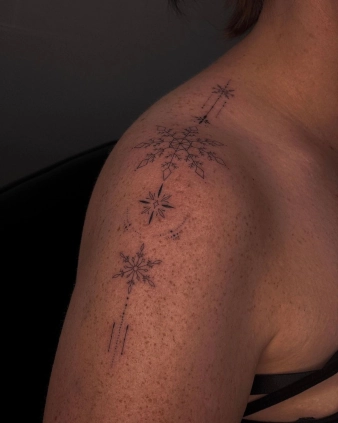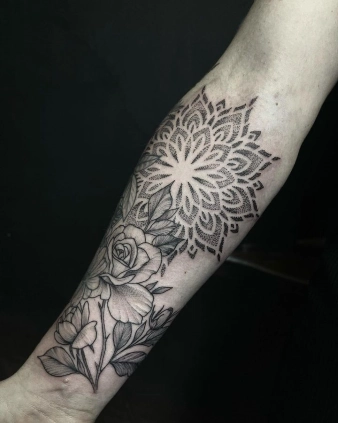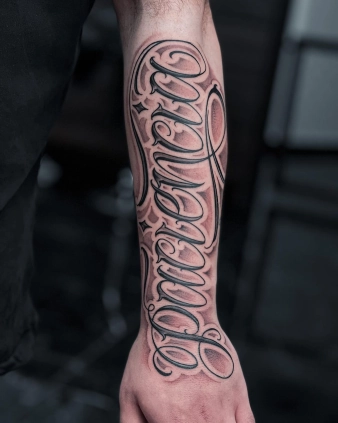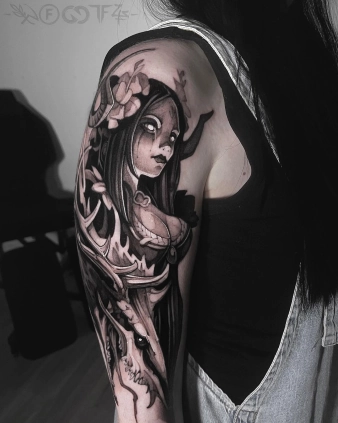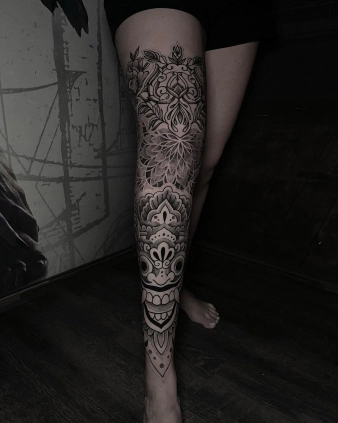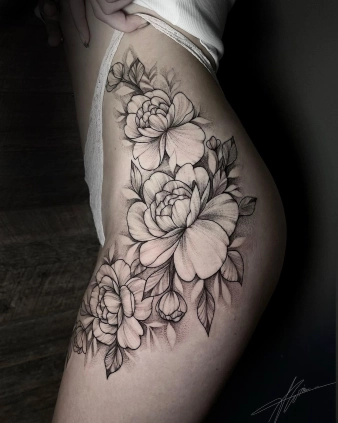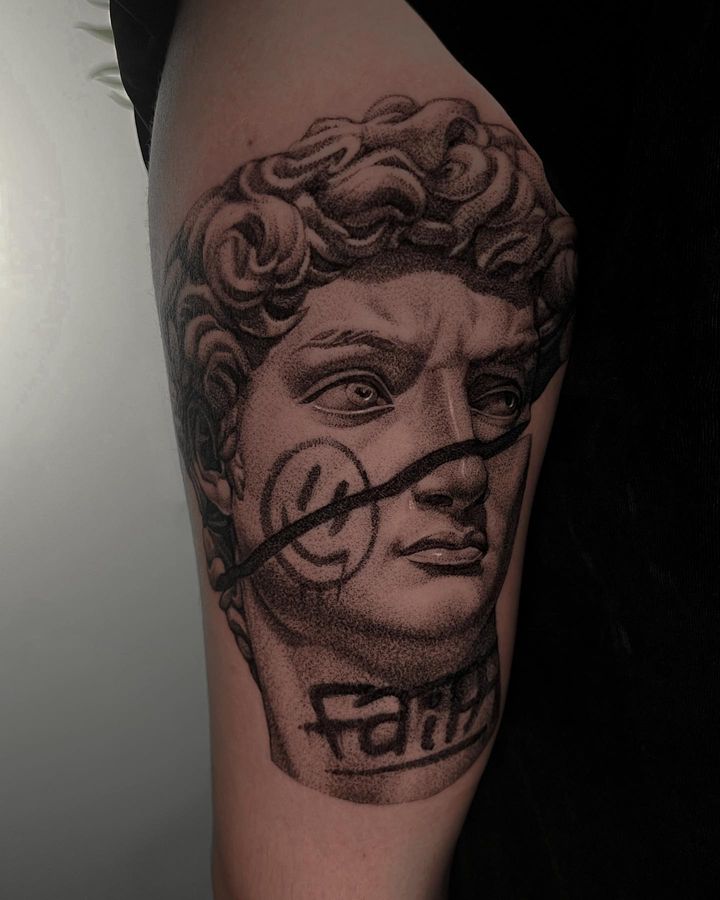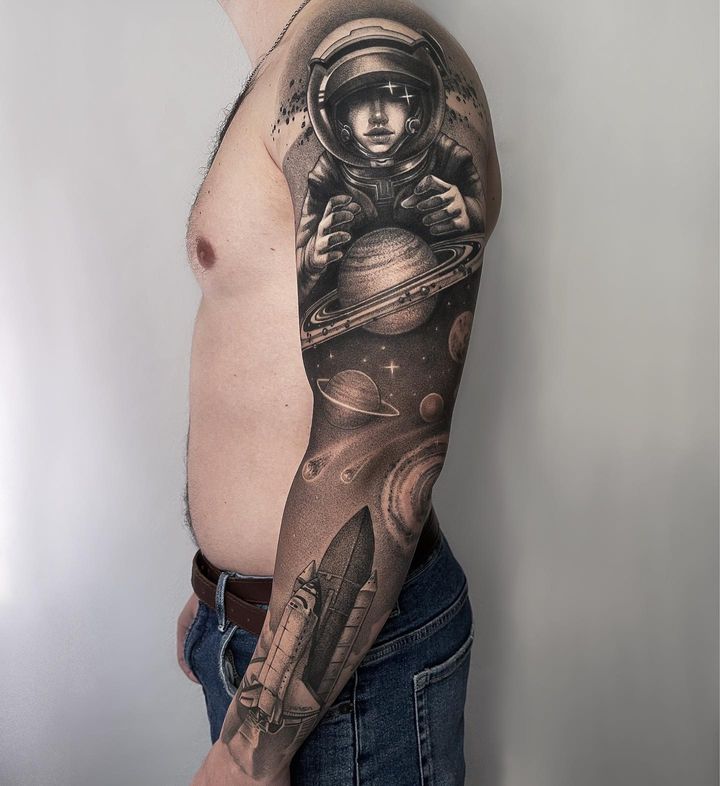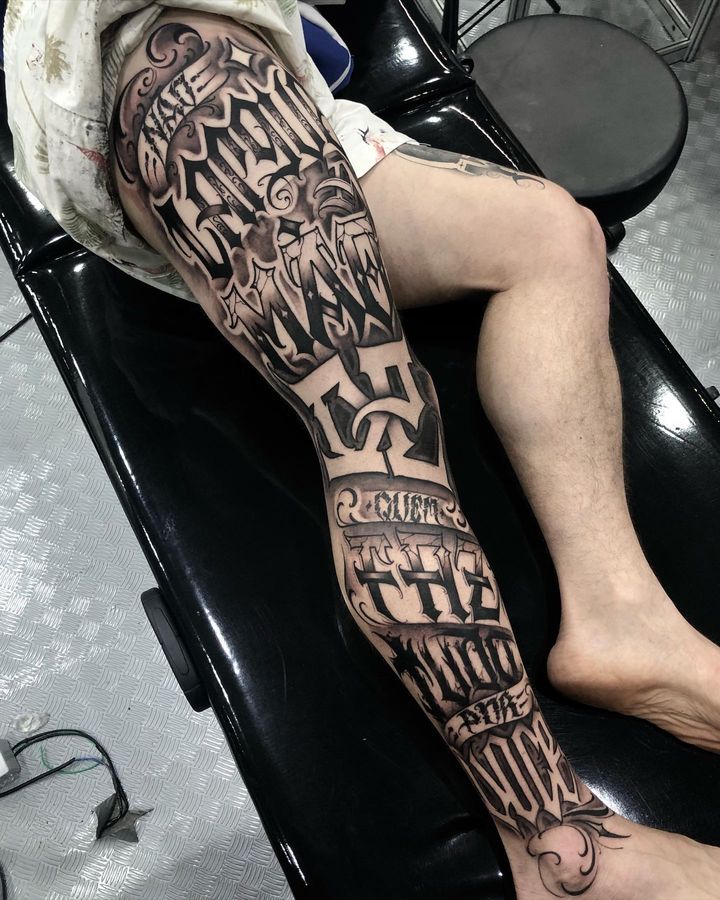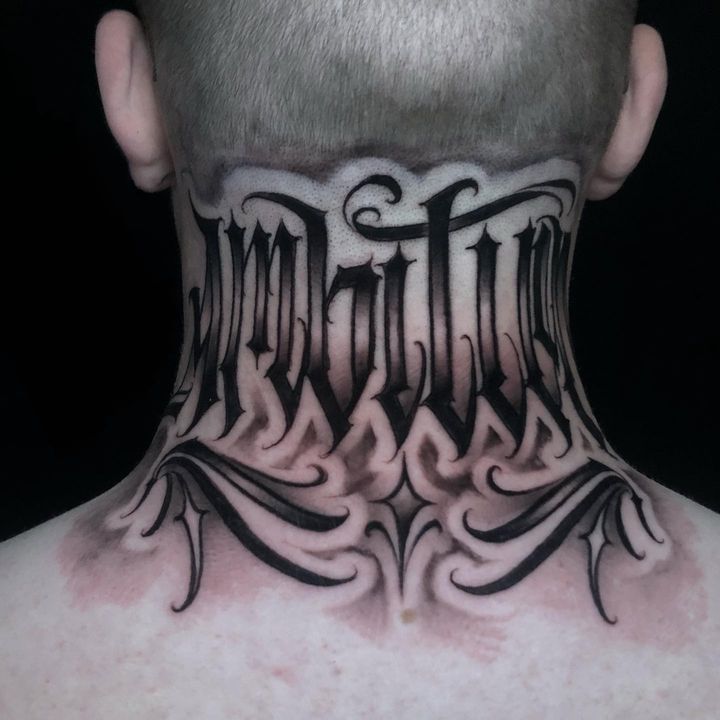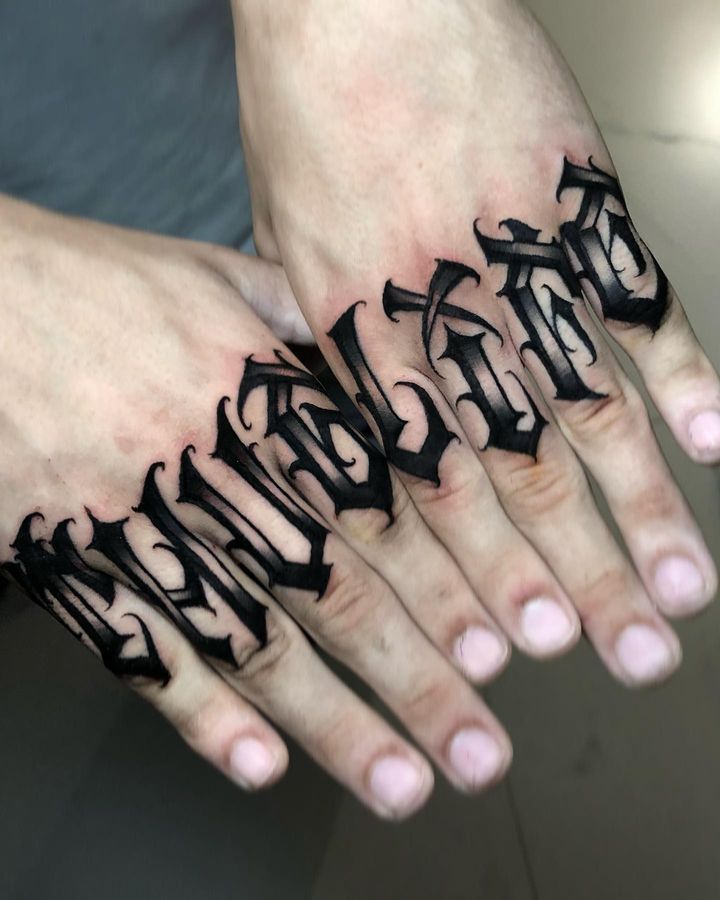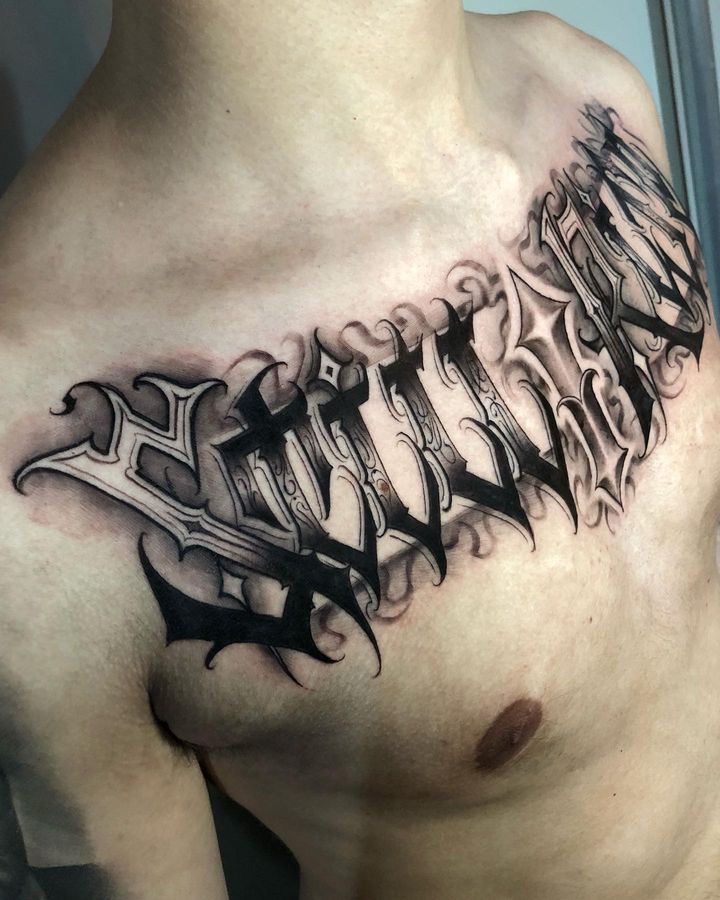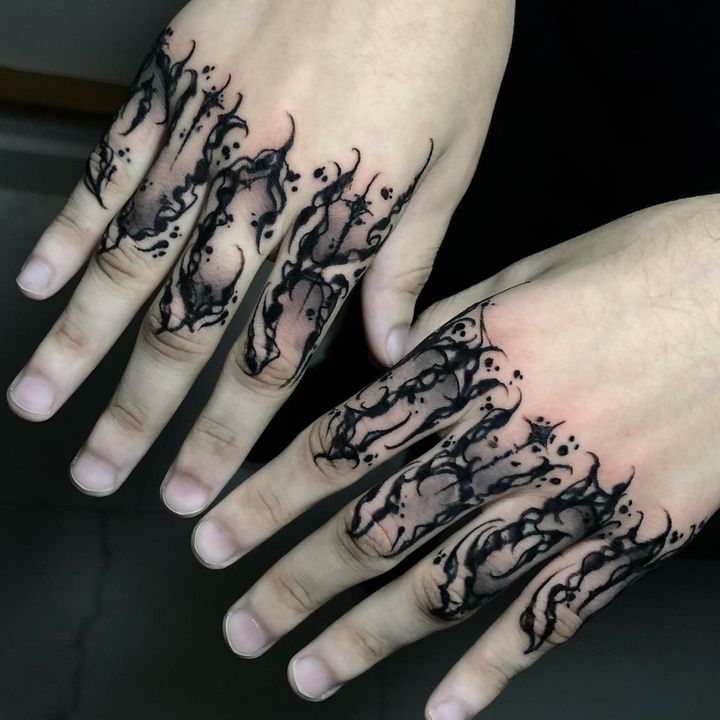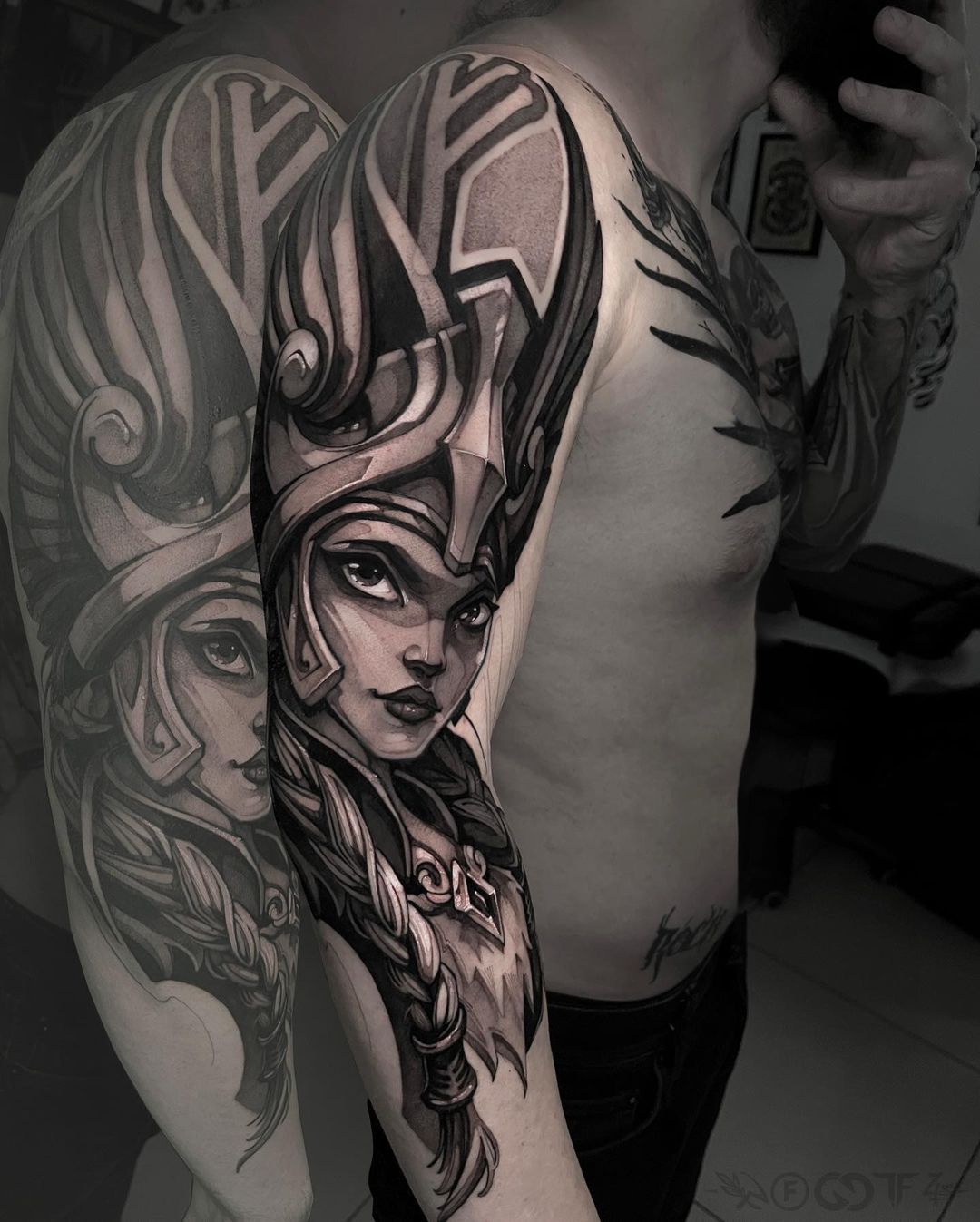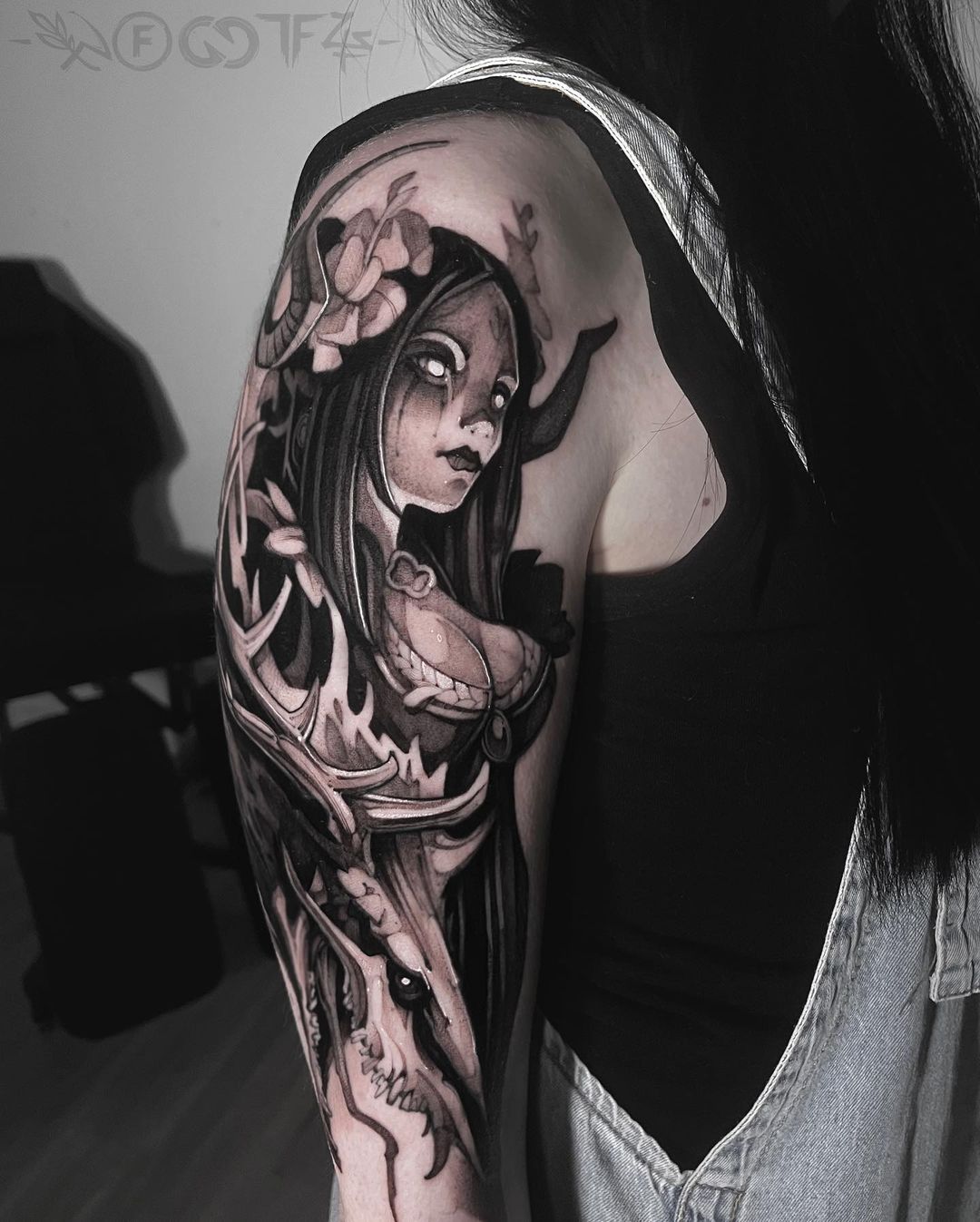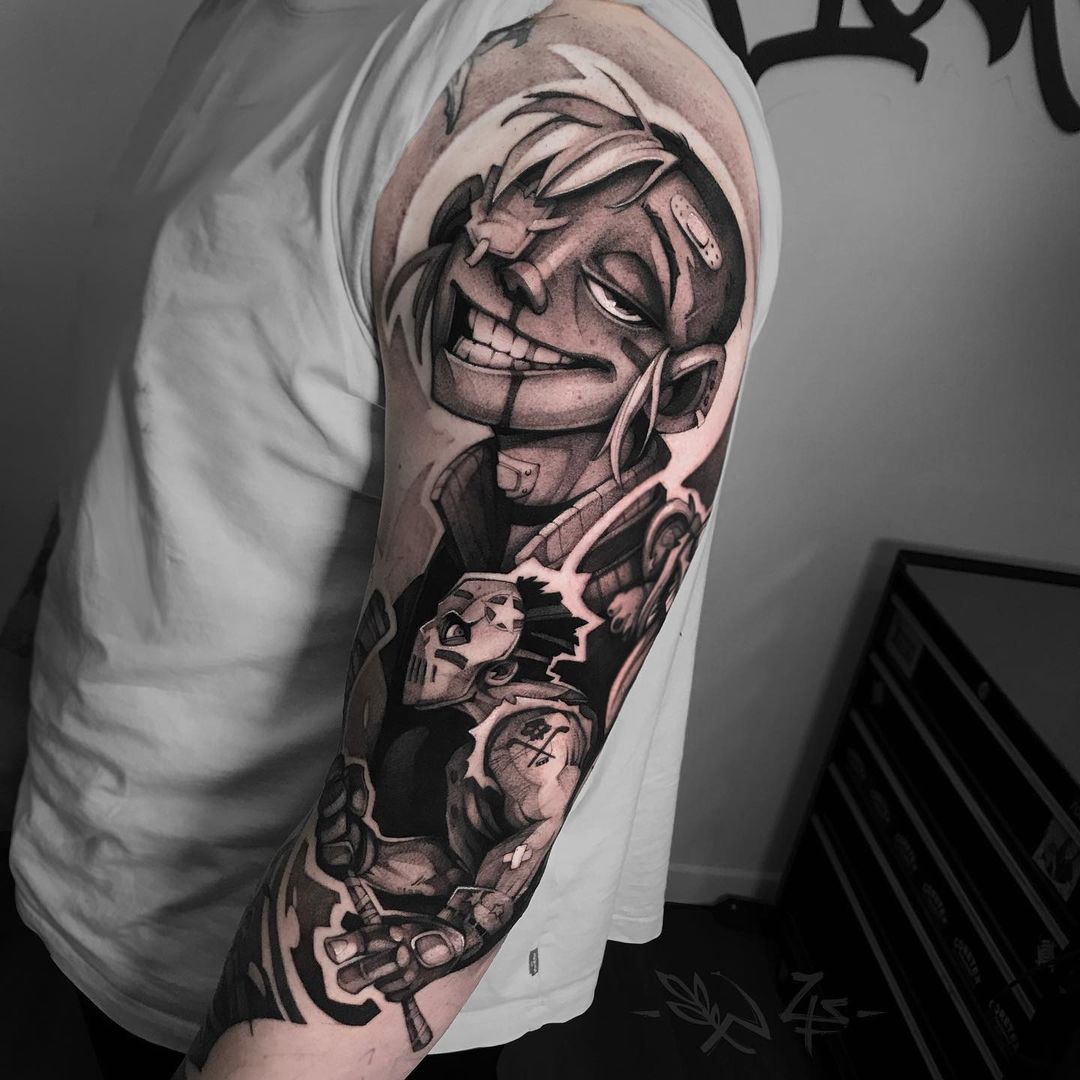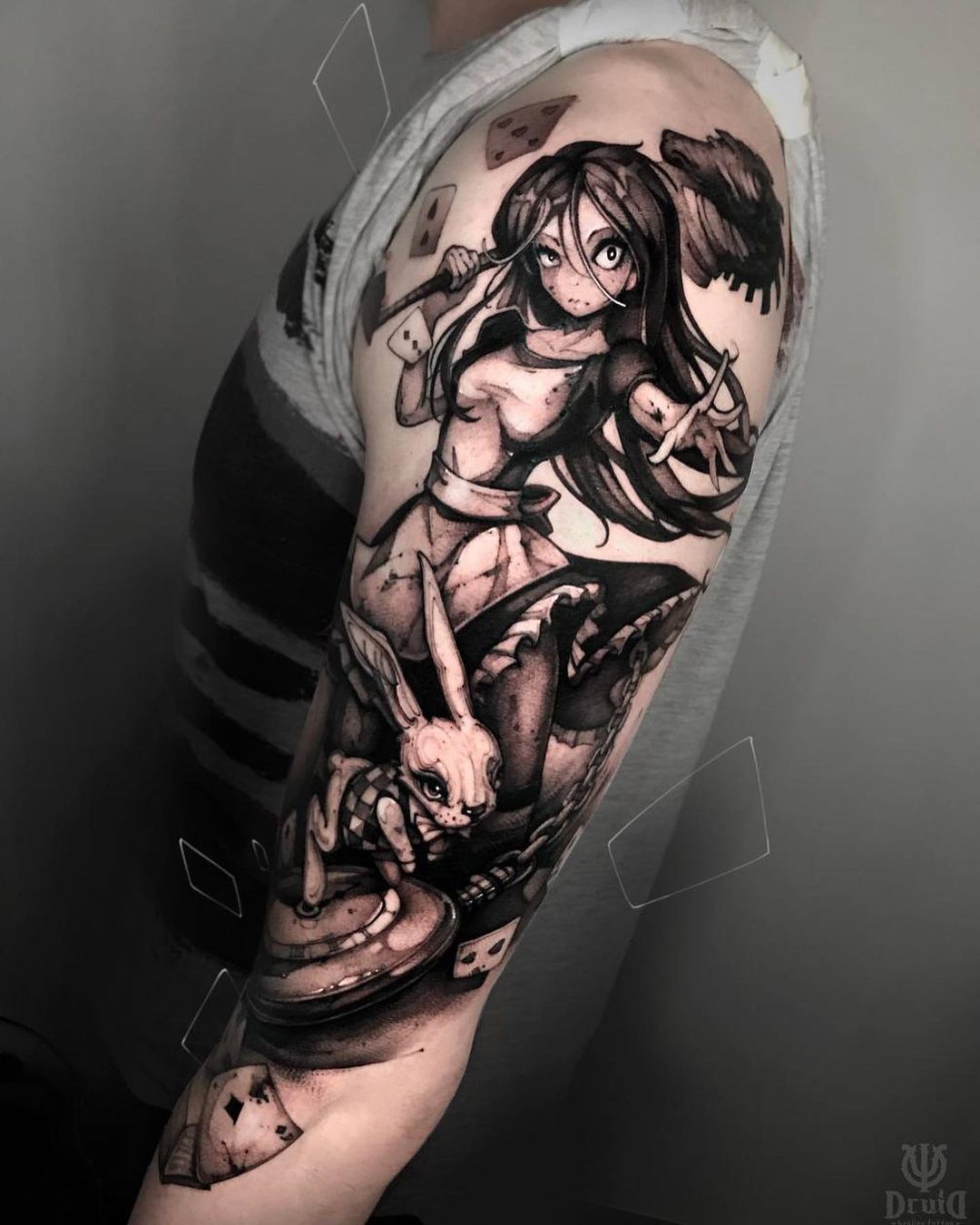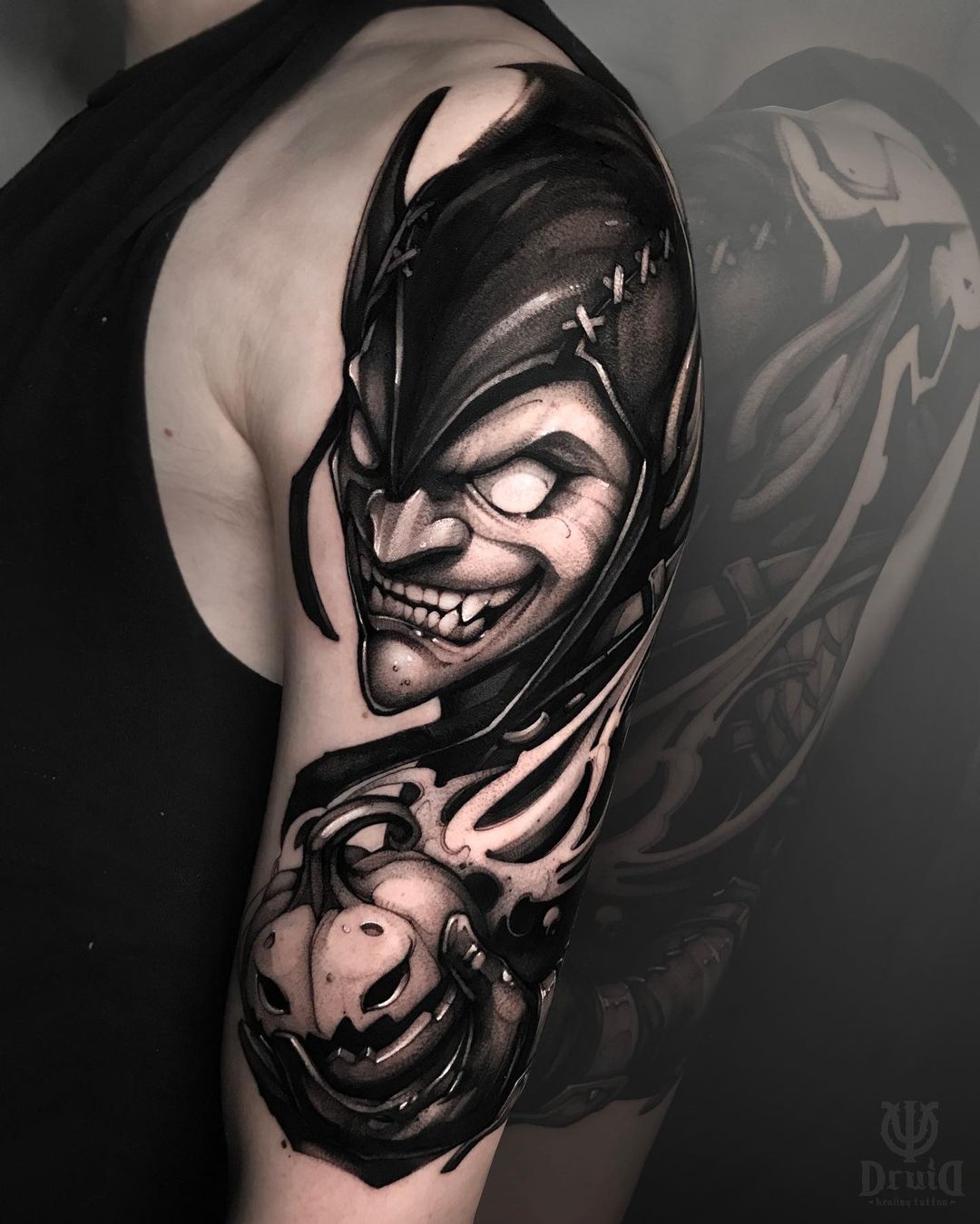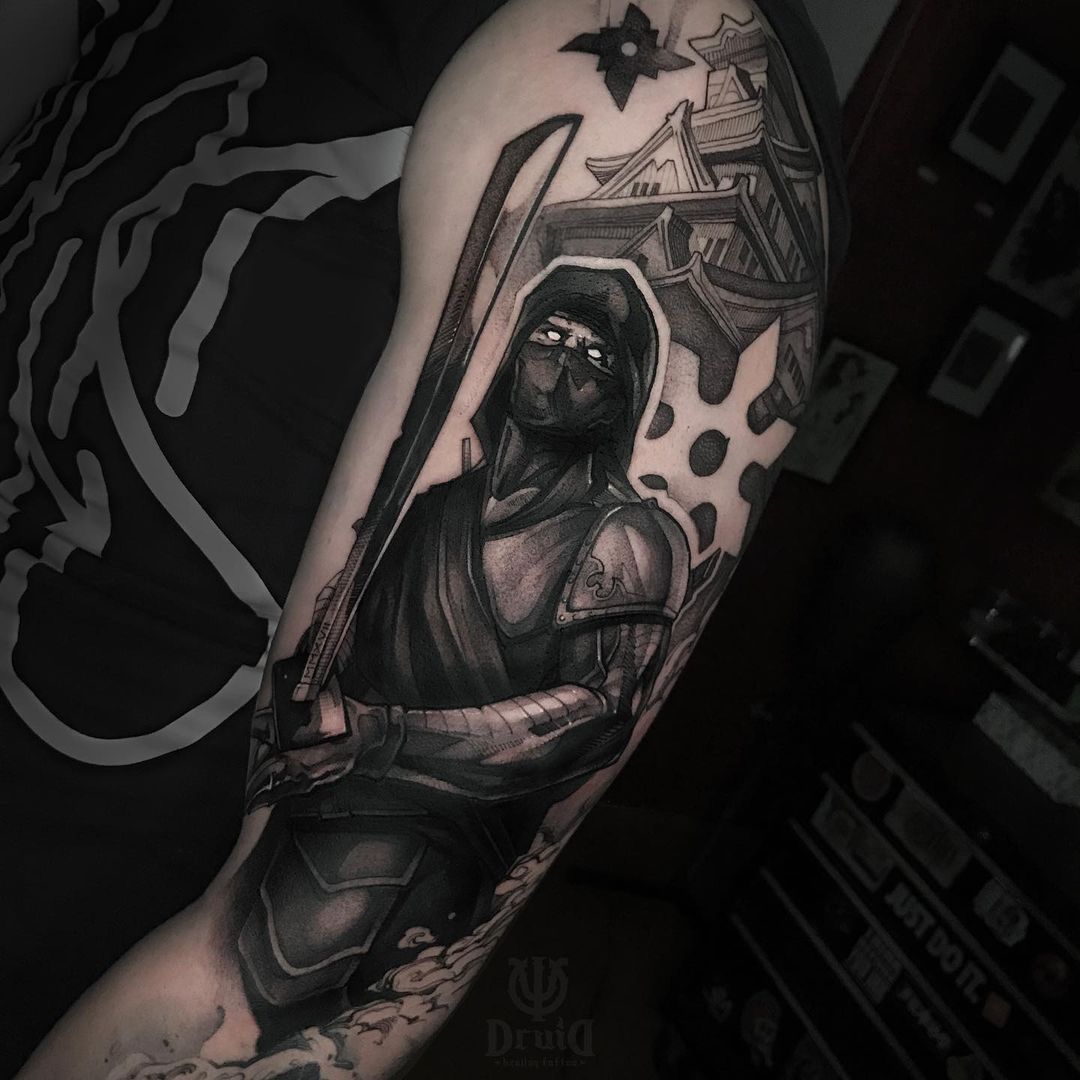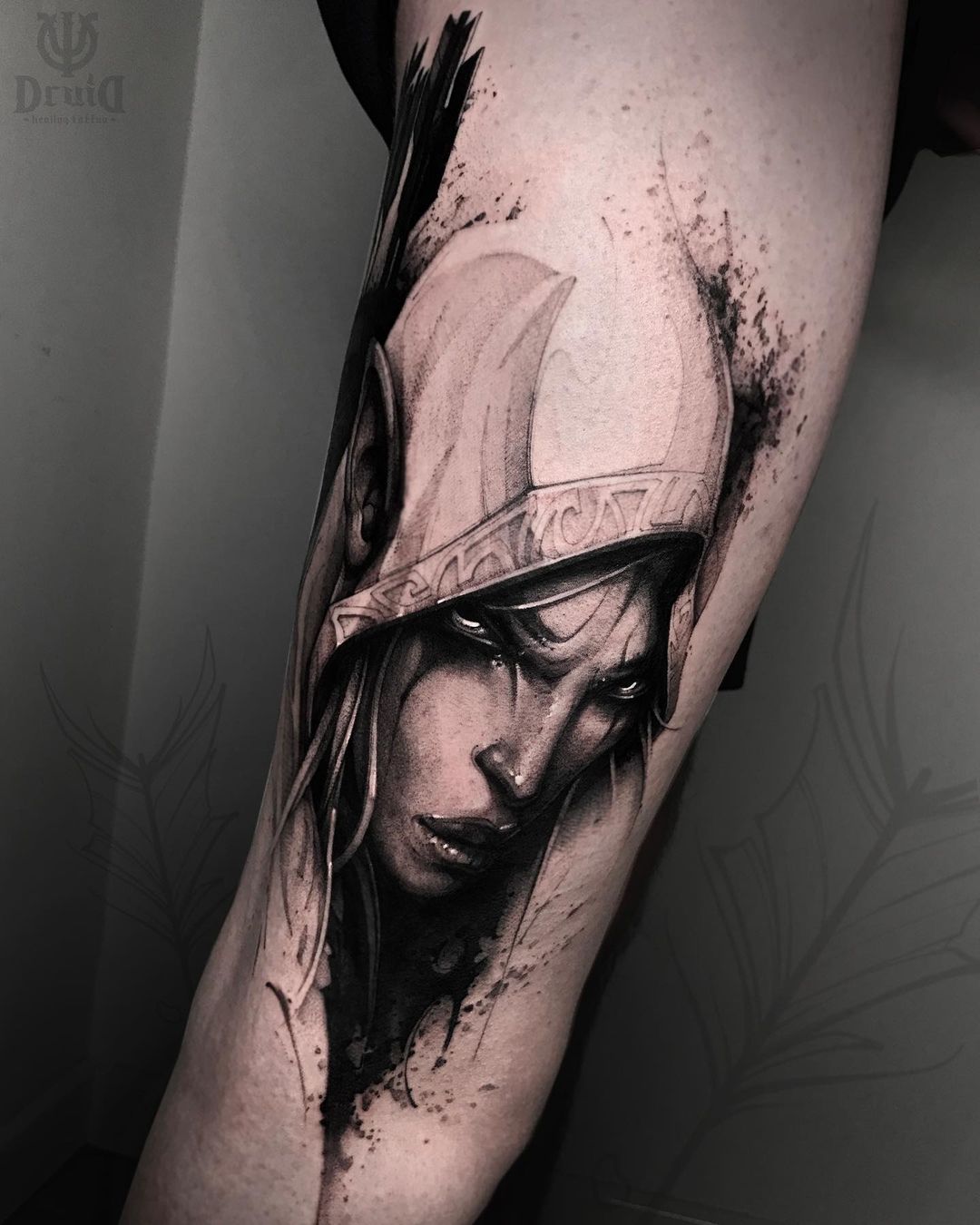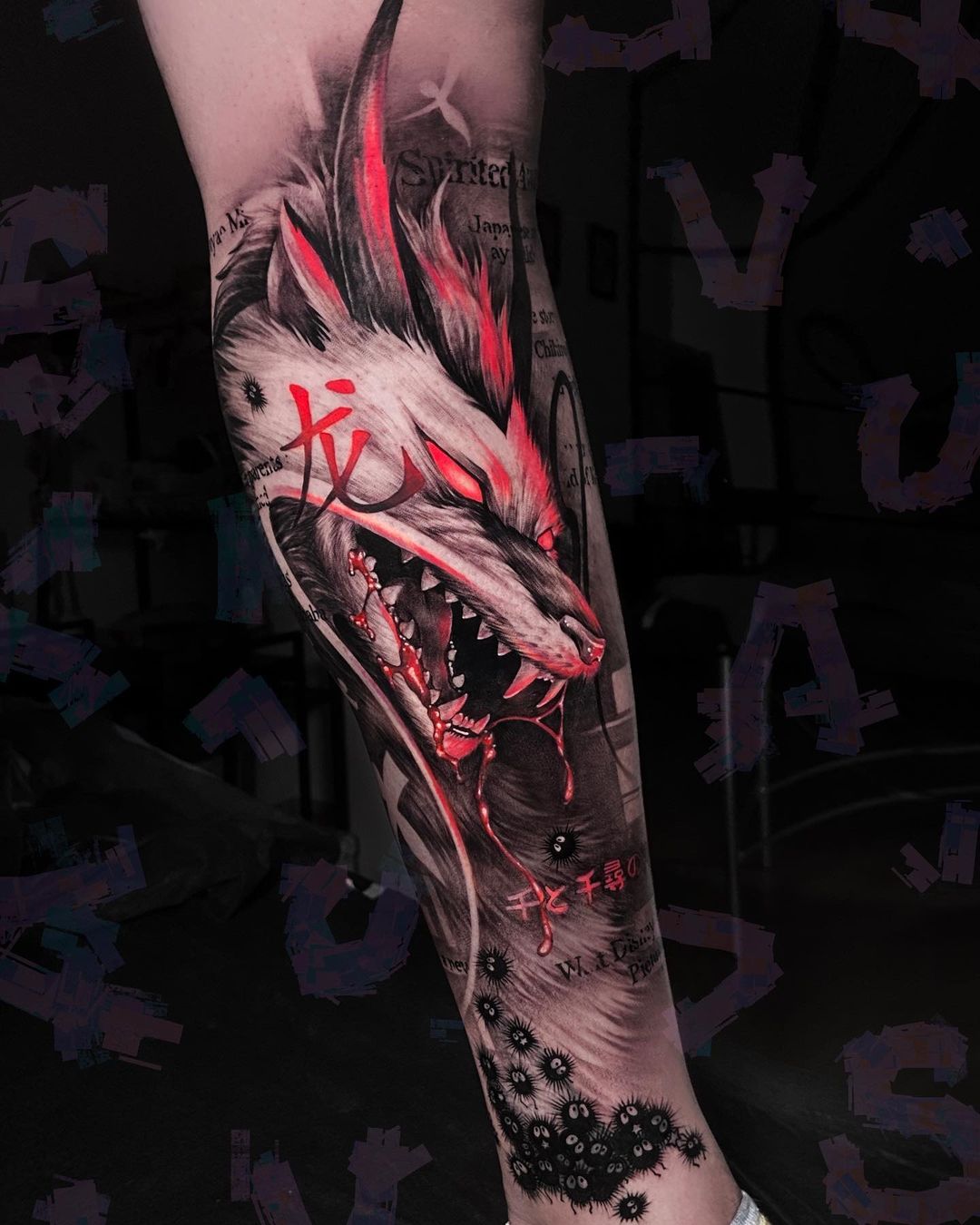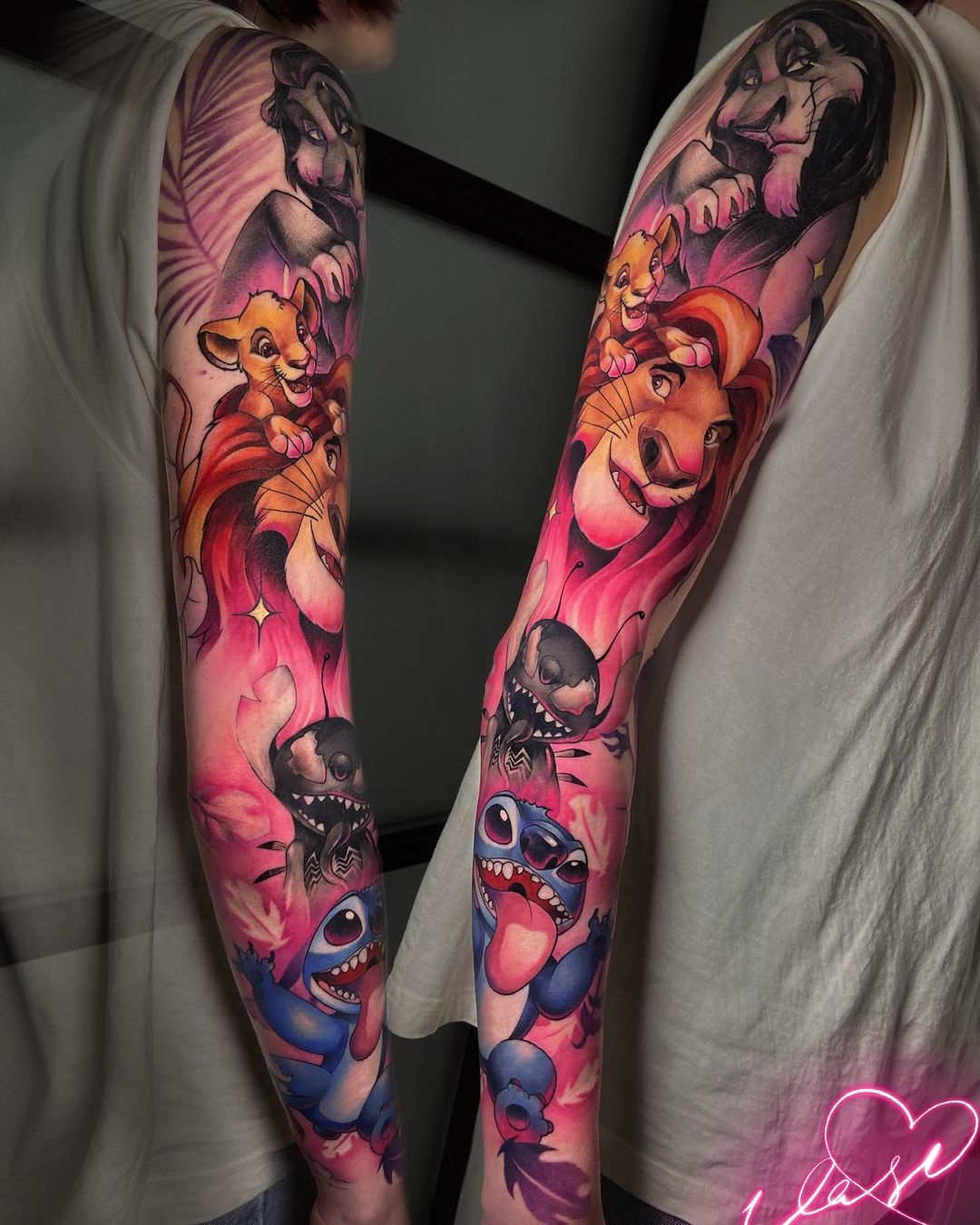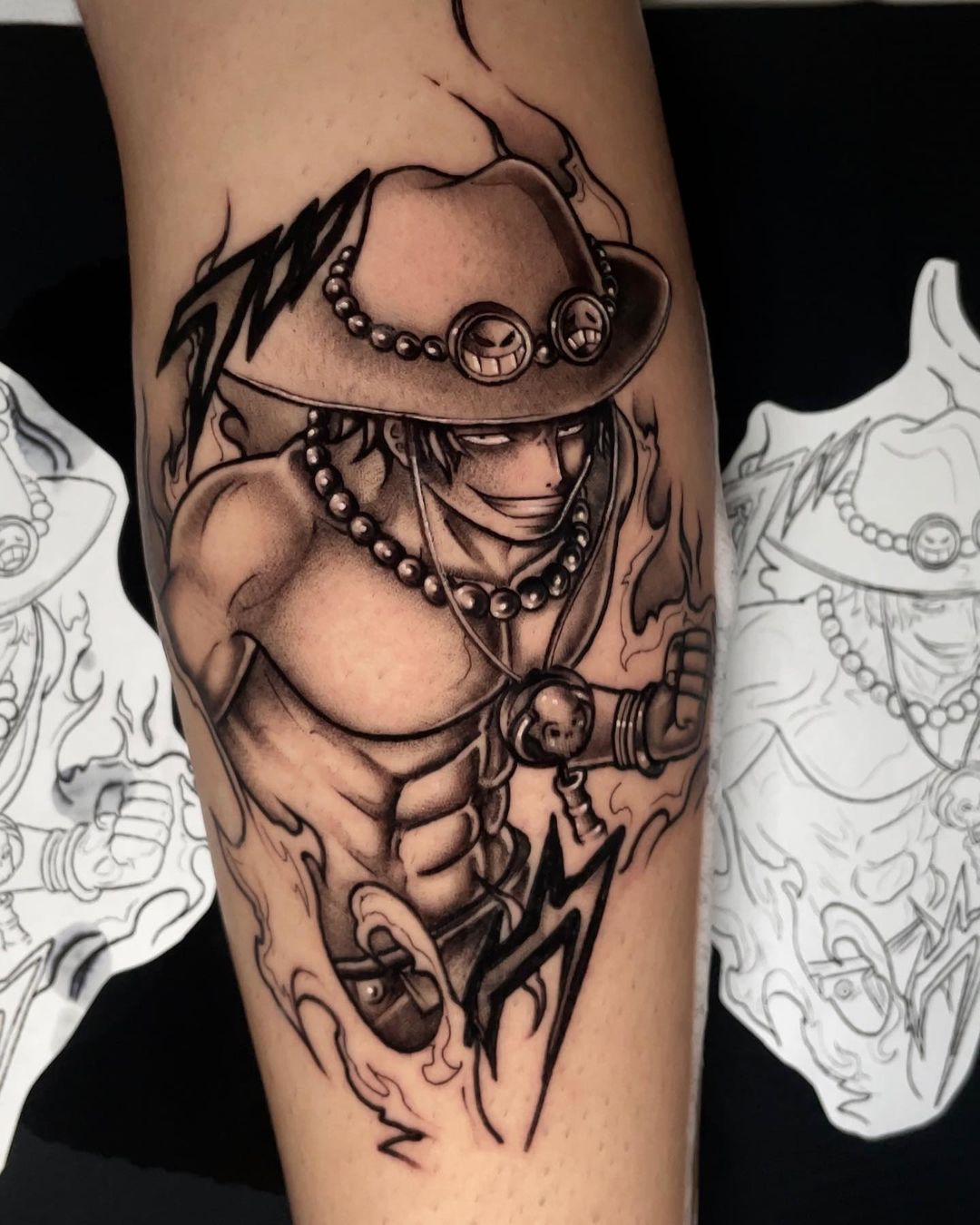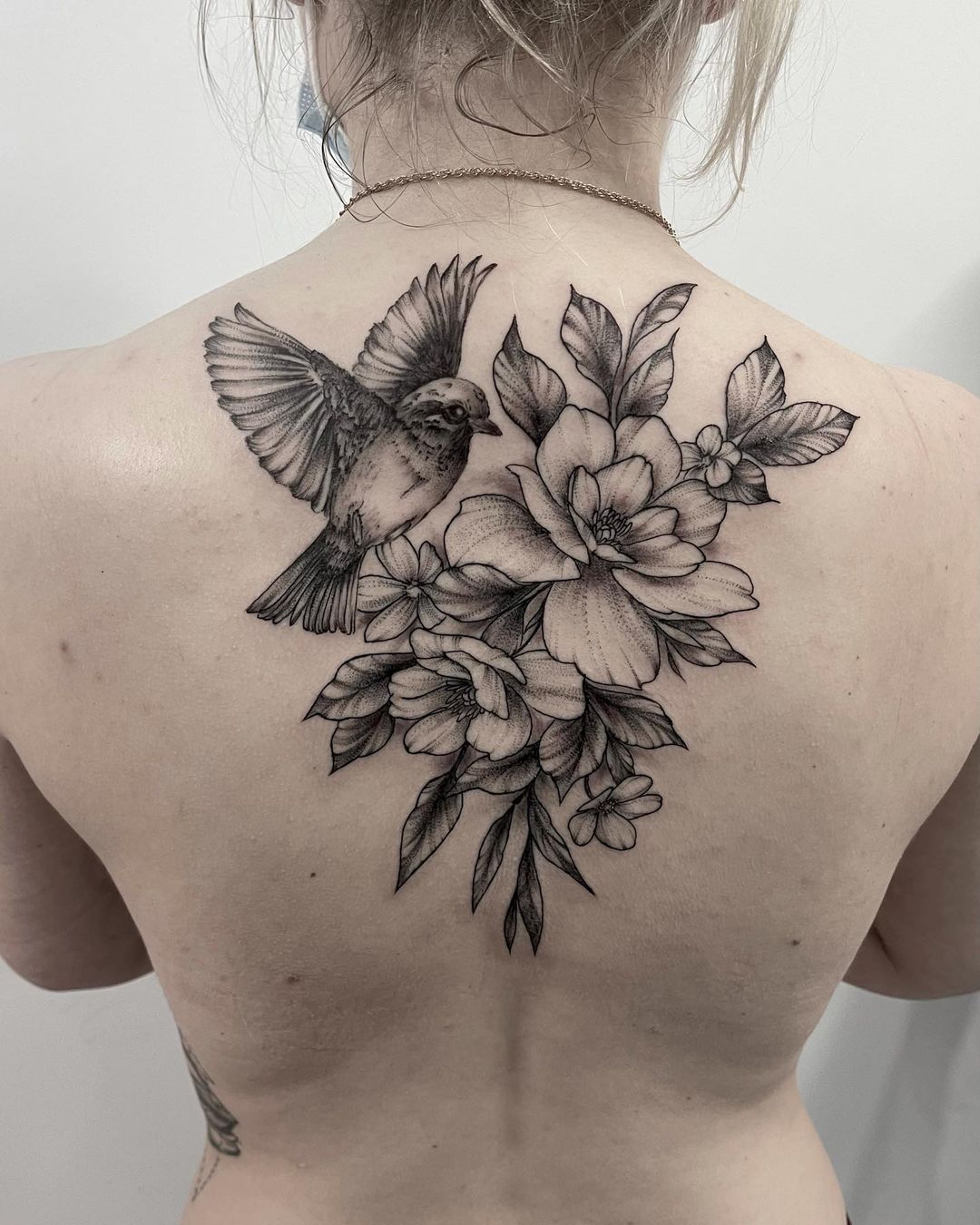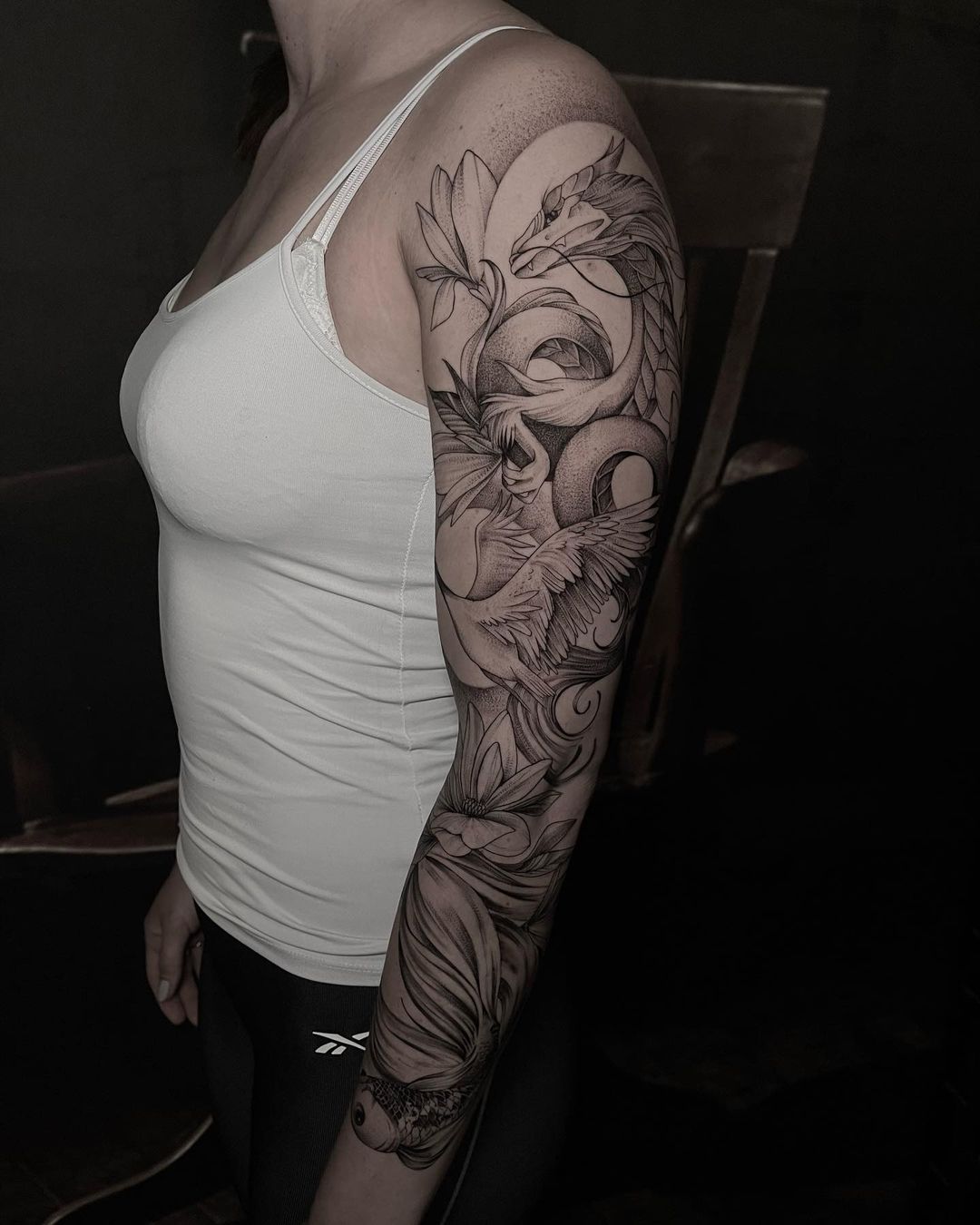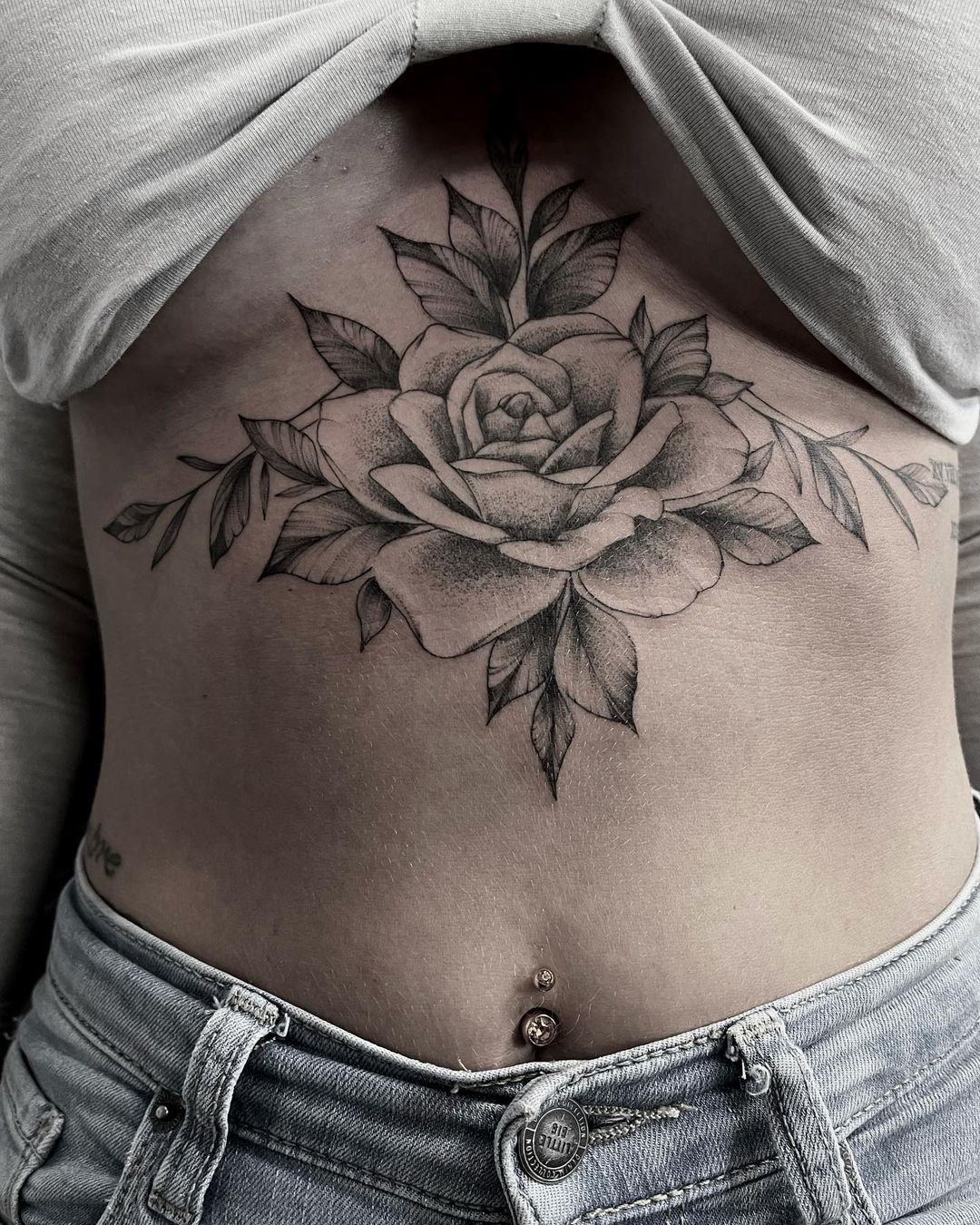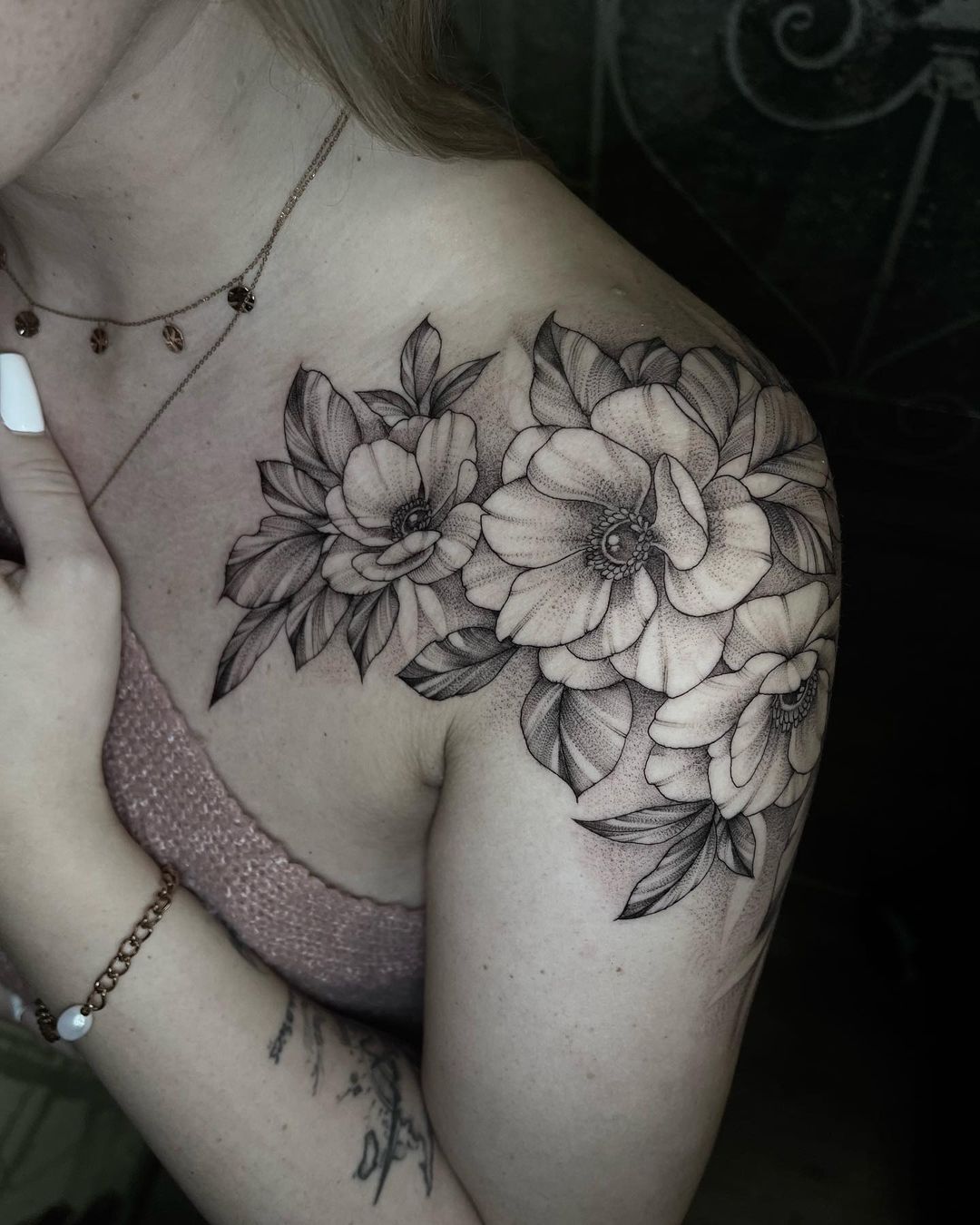A tattoo with a history: tattoo styles and what is behind them
Every tattoo is different – and yet there are different tattoo styles into which body art can be summarized. Well, yes – at least to some extent, because tattoos are art and art breaks boundaries.
The boundaries between tattoo styles are sometimes blurred. Nevertheless, take a look at what is possible and let yourself be inspired! We present the most popular tattoo styles so that you can get an overview. And remember: tattoo artists are artists and every artist has their own style!

Realistic black and grey – stylish!
Breathtaking depth of field, detailed shading and the flair of artistic black and white photography – that is the realistic black and grey style.
The motifs do not have to show real objects or photographs. Anything you like is allowed – from your film, series and game heroes to your pet or family members (keyword portrait), as well as motifs created especially for you.
Legend has it that black and grey tattoos originated in American prisons and later their simple symbols developed into the realistic ones which we know today.

Colour tattoos – realism
Now it is getting colourful! Colour tattoos are the ultimate eye-catcher. This is not a tattoo style in itself, but simply a way of creating an effect. Colour tattoos can be anything ranging from realism and anime to mandala and dotwork. A subtype is colour tattoos, which are done with one or two colours and have a monochrome appearance.
Traditional tattoo styles are often done by using blue, green, red and perhaps yellow ink. Today, colour tattoos are full-colour, including anything going from pink, turquoise, purple, orange and even white. Here the rule is also: whatever you like is allowed.

Small but mighty- micro-realism
Is bigger better? Maybe – but not when it comes to tattoos! Micro-realism is a style that celebrates the smallest details and the finest work. Designed with absolute realism and nuanced down to the finest details, the small-format works of art look amazingly lifelike.
There are no restrictions when it comes to motifs. Micro-realism simply means that your tattoo looks extremely fine and realistic thanks to the latest technologies. It is important that you have your tattoo done by experienced artists. Micro-realism requires skill and experience.

From single-line to fine-line networks: fine-line tattoos and single-line tattoos
This is a short summary of two tattoo styles. Fine-line tattoos consist of fine lines and are anything but simple as for their intricate design. Artists select small motifs and add countless details to them. In fact, fine-line tattoos can only be done cleanly by artists who have a lot of experience.
This is due to the way the lines are stitched under the skin. Your skin consists of different layers. The needle places the ink between two layers of skin. If the tattoo is too superficial, the tattoo fades quickly and may even partially disappear. This is because your skin is constantly renewing itself. If the tattoo is too deep, colours run and your body partially removes pigments. When it comes to a fine-line tattoo, every single pinprick has to be exactly in the right place, and that is not so easy.
Single-line tattoos are sometimes treated as a separate tattoo style and sometimes as a subtype of fine-line tattoos. In this case, artists create the entire motif from a single, continuous line that repeatedly intertwines and crosses with itself, resulting in a complex motif.

Dotwork – an optical illusion creates depth
Dotwork means “dot work”. Therefore, your tattoo is made up of numerous tiny dots, although you can only see them up close. From a distance, colour areas look totally realistic, even shading. Colour areas? Is dotwork not black and grey?
Dotwork describes the drawing style used to do the tattoo. It can be black and grey, but also colourful, and it can include geometric figures, mandalas and ornaments. Anything is possible, since the finest work dotwork artists put their machines aside and work by hand. This is real art!

Lettering and lettering tattoos
We call tattooed words, lettering, dates or number codes tattoo letterings. The way in which the lettering runs depends exactly on the part of the body where the tattoo appears. The font and lettering are therefore individually adapted to the body part. It is important that you really trust the artist, as the font is selected considering the three dimensions of your body. The fonts which you see in books and the internet are designed for two-dimensional media an do not apply to the human body.
Tattoos with lettering, words and entire sentences are very popular these days. However, there are significant differences in the implementation of lettering under the skin. A truly unique tattoo is created when the tattoo artist understands and internalizes your motivations and creates its lines freehand. The artist and you develop a vision together during the consultation. An idea is created, which is then applied to your skin with the help of the tattoo machine and needle. Trust and a deep understanding are of the utmost importance. So take profit of the time which we give you and discuss every single detail with your chosen artist.

Anime gets under your skin!
We know Japanese animated films as anime. Their drawing style stands out with its clear, bold lines, bright colours and expressive faces and is probably Japan’s most successful export product! The emotionally charged depictions of heroes, animals, villains and entire universes get under your skin – as a tattoo in the true sense of the word.
No matter whether you are a fan of manga, anime or simply a fan of the art of drawing, experienced artists will transfer the portraits of your loved ones into this style or engrave any character from anime, manga or games.

Mandala tattoos- a round thing!
Round, symmetrically arranged and somehow self-contained, mandalas radiate peace and harmony. The word “mandala” comes from the Sanskrit language and means “circle”. These artistically constructed images have been used for thousands of years, such as in ancient church windows or rock paintings in South America. We find mandalas in almost all cultures and religions.
Symmetry, geometric shapes and colours have a psychological effect on the viewer. Numerical symbolism is also frequently used. Flowers are popular motifs, especially the lotus as a symbol of loyalty and purity.

Whip shading – a technique for volume
Whip shading is a special technique for adding depth and volume to your tattoo motif. Unlike dotwork or graphic art, this technique is not noticeable. Your tattoo can be effective without the artist’s technique being visible.
Depth, volume and texture are created by applying colours as a gradient from light to dark. The art of whip shading consists in applying colours under the skin in exactly the right concentration. The swinging hand movement when tattooing is called “to whip”.

